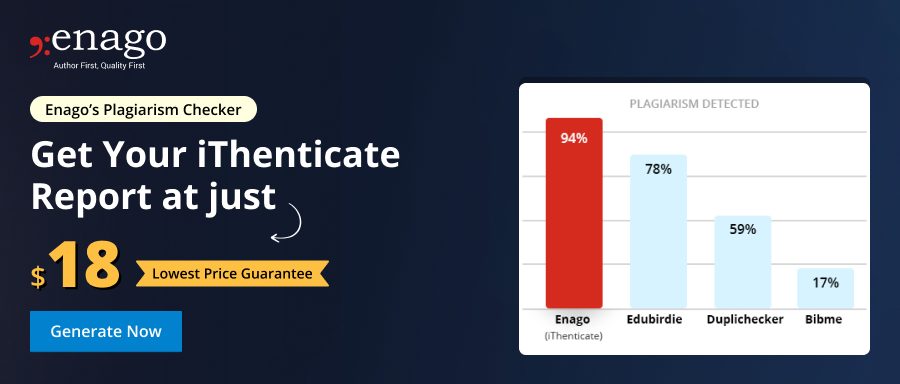Top Impact Scientific EditingNew
Top Impact Scientific Editing Service offers in-depth scientific and developmental
 By: Enago
By: Enago
Writing a research paper poses challenges in gathering literature and providing evidence for making your paper stronger. Drawing upon previously established ideas and values and adding pertinent information in your paper are necessary steps, but these need to be done with caution without falling into the trap of plagiarism. In order to answer the question “How can I to avoid plagiarism?”, it is important to understand the different types of plagiarism that exist.
What is Plagiarism in Research?
Plagiarism is the unethical practice of using words or ideas (either planned or accidental) of another author/researcher or your own previous works without proper acknowledgment. Considered as a serious academic and intellectual offense, plagiarism can result in highly negative consequences such as paper retractions and loss of author credibility and reputation. It is currently a grave problem in academic publishing and a major reason for paper retractions.
It is thus imperative for researchers to increase their understanding about plagiarism. In some cultures, academic traditions and nuances may not insist on authentication by citing the source of words or ideas. However, this form of validation is a prerequisite in the global academic code of conduct. Non-native English speakers face a higher challenge of communicating their technical content in English as well as complying with ethical rules. The digital age too affects plagiarism. Researchers have easy access to material and data on the internet which makes it easy to copy and paste information.
How Can You Avoid Plagiarism in a Research Paper?
Guard yourself against plagiarism, however accidental it may be. Here are some guidelines to avoid plagiarism.
Use quotes to indicate that the text has been taken from another paper. The quotes should be exactly the way they appear in the paper you take them from.
You can use various plagiarism detection tools such as iThenticate or HelioBLAST (formerly eTBLAST) to see how much of your paper is plagiarized.
Tip: While it is perfectly fine to survey previously published work, it is not alright to paraphrase the same with extensive similarity. Most of the plagiarism occurs in the literature review section of any document (manuscript, thesis, etc.). Therefore, if you read the original work carefully, try to understand the context, take good notes, and then express it to your target audience in your own language (without forgetting to cite the original source), then you will never be accused with plagiarism (at least for the literature review section).

Caution: The above statement is valid only for the literature review section of your document. You should NEVER EVER use someone else’s original results and pass them off as yours!
What strategies do you adopt to maintain content originality? What advice would you share with your peers? Please feel free to comment in the section below.
If you would like to know more about plagiarism detection tools, patchwriting, quoting, paraphrasing, academic integrity and more, read the next article in this series!
Originally published on https://www.enago.com/academy/

Contact Us